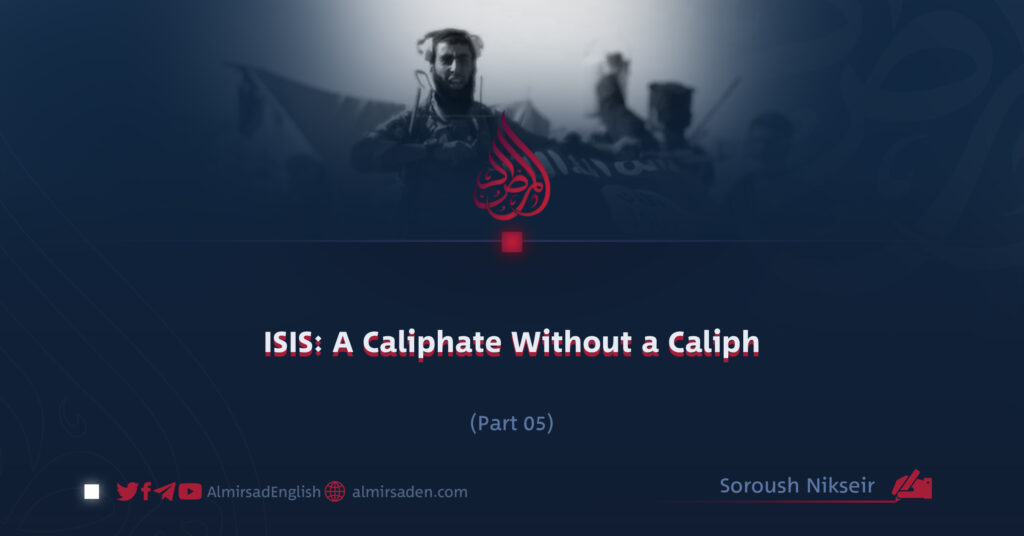Part 5
Soroush Nikseir
The Collapse of ISIS: Military Defeat and the Shattered Illusion
At the height of its power, ISIS presented itself as an “invincible state,” a force destined to reshape the future of the Islamic world. Yet this grandiose self-image was nothing more than a delusion, constructed on myths and propaganda. When confronted by sustained and coordinated military offensives, the group’s foundation crumbled with surprising speed. The first major blow to its so-called caliphate came in 2017 with the fall of Mosul.
Mosul, once touted as both the financial stronghold and symbolic capital of ISIS, was liberated after nine grueling months of combat by Iraqi forces with support from the international coalition. Its fall not only eliminated a strategic base but also dealt a devastating blow to the group’s claim to legitimacy. Images of the city in ruins and ISIS fighters fleeing in disarray destroyed the illusion of their supposed invincibility. Those who had once filled the air with fiery slogans of jihad and resistance faltered when tested by real war. Faced with the harsh reality of battle, they abandoned the field rather than defend it.
ISIS’s military doctrine, which heavily relied on asymmetric warfare and covert operations, proved increasingly ineffective when challenged by modern military strategy and technological superiority. Coalition forces employed advanced satellite intelligence, precision airstrikes, and close coordination with local resistance groups to methodically dismantle ISIS’s territorial grip. In Syria, these efforts culminated in the 2017 liberation of Raqqa, the group’s administrative center, by the Syrian Democratic Forces with coalition backing. Each successive defeat not only reduced ISIS’s territorial control but also inflicted a serious psychological toll on its fighters.
Perhaps the most telling sign of the group’s unraveling was the dramatic change in the behavior of its members during the final months. Senior commanders, rather than fighting to the end, sought to escape. Some disguised their identities to flee, leaving lower-level fighters to serve as human shields. This betrayal exposed a deep divide between the leadership and rank-and-file members. As one former ISIS fighter admitted, “When I found out our commander had fled with his family weeks earlier, I knew everything was over.”
According to military analysts, ISIS ultimately became the victim of its own strategy. While it initially gained ground through terror tactics and urban guerrilla warfare, it lacked the organization and discipline needed to resist conventional armies. The targeted elimination of its senior leadership further crippled the group’s ability to recover, leaving it without the structure required to reorganize or adapt.
With its chain of command in disarray, ISIS splintered into isolated cells scattered across remote deserts. The so-called caliphate, once envisioned as a lasting Islamic empire, was left leaderless and broken.
The military defeat of ISIS was more than a strategic triumph. It marked the collapse of a dangerous ideological fantasy. The myth of a perpetual caliphate, once used to lure thousands of disillusioned young people, evaporated in the face of battlefield realities. The defeat of ISIS serves as a clear reminder that no movement, regardless of how effective its propaganda or how seductive its slogans, can survive the united force of international opposition and popular resistance.
The lasting lesson is unmistakable: violence, bloodshed, and exploitation can never replace genuine governance. Any system built on fear, deceit, and oppression is destined to fall.
